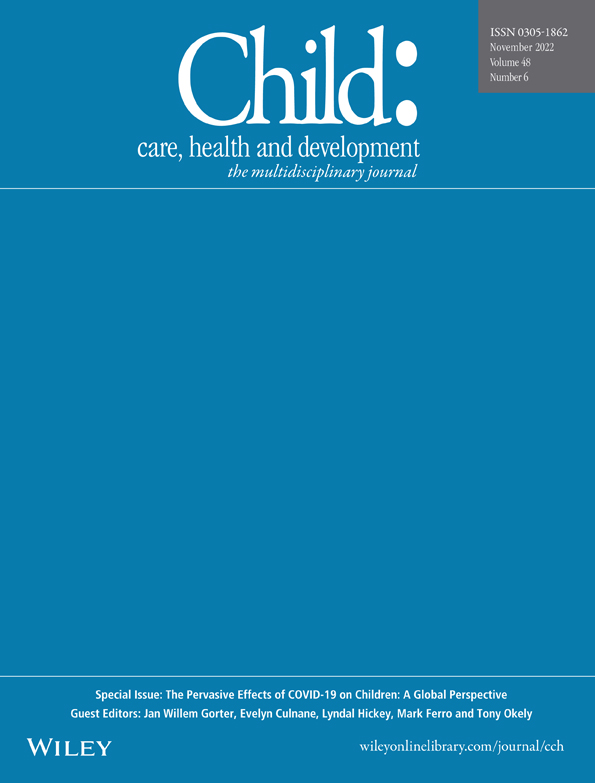Pediatric obesity and body weight following the COVID-19 pandemic
Abstract
Background
The SARS-CoV-19 pandemic and its associated lockdowns affected children's lifestyle dramatically. The effect of such changes on children's weight and obesity status is unknown. The aim of this study was to compare body weight and obesity rates in children from before the pandemic to 6 months after the major periods of lockdowns in Israel.
Methods
We used data from medical records of pediatric emergency department visits, where weight is routinely measured, to compare weight and obesity prevalence in the fourth quartile of 2020 (n = 2468) as compared with the fourth quartiles of 2018–2019 (n = 5300). Weight was transformed to age- and sex-specific standard-deviation-scores (SDS) for analysis.
Results
Weight-SDS increased by a mean of 0.07 during the first 6 months of the pandemic, yet this was only significant in preschoolers. Obesity rates also increased in this age group only, by 37%, from 8.1% to 11.1% (p = 0.01).
Conclusions
Weight-SDS and obesity prevalence increased during the SARS-CoV-19 pandemic, yet only in younger children. Additional studies from other populations are needed.
CONFLICT OF INTERESTS
All authors have no potential conflicts of interest. No funding was received for this study.
Open Research
DATA AVAILABILITY STATEMENT
The data that support the findings of this study are available from the corresponding author upon reasonable request.




